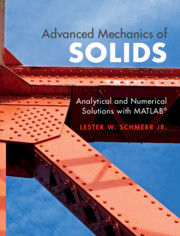This paper presents observations of recent faulting activity in the karstic network of the Rochefort Cave (Namur Province, Belgium, Europe). The principal recent tectonic features are bedding planes reactivated as normal faults, neo-formatted normal faults in calcite flowstone, fresh scaling, extensional features, fallen blocks and displacement of karstic tube. The seismo-tectonic aspect is expanded by the presence of fallen blocks where normally the cavity must be very stable and in equilibrium. Three main N 070° fault planes and a minor one affect, at a decimetre scale, the karst features and morphology. The faults are still active because recent fresh scaling and fallen blocks are observable. The breaking of Holocene soda straw stalactites and displacements of artificial features observed since the beginning of the tourist activity, in the last century, also suggest very recent reactivation of these faults. This recent faulting can be correlated to present-day tectonic activity, already evidenced by earthquakes in the neighbouring area. Therefore, karstic caves are favourable sites for the observation and the quantification of recent tectonic activity because they constitute a 3-D framework, protected from erosion. Fault planes with this recent faulting present slickensides. Thus a quantitative analysis in term of stress inversion, with the help of striated faults, has permitted to reconstruct the stress tensor responsible for the brittle deformation. The principal NW-SE extension (σ3 horizontal) is nearly perpendicular to that of the present regional stress as illustrated by the analysis of the last strong regional earthquake (Roermond, The Netherlands) in 1992. During the Meso-Cenozoic, the main stress tectonics recorded in this part of the European platform is similar to the present one with a NE-SW direction of extension.
The discrepancy between the regional stress field and the local stress in the Rochefort cave can be the result of the inversion of the σ2 and σ3 axes of the stress ellipsoid due to its symmetry or of a local modification at the ground surface of the crustal stress field as it has been already observed in active zones.


